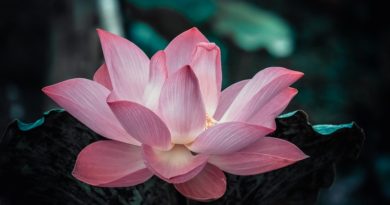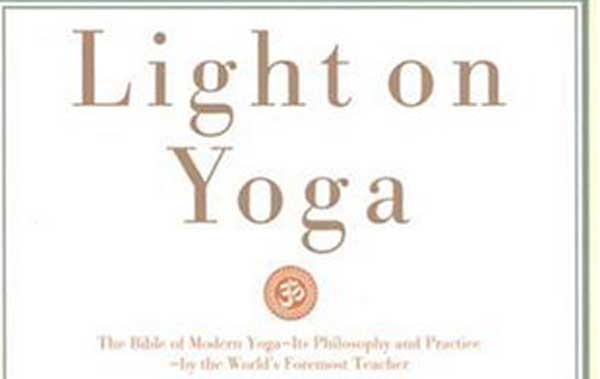Yoga Styles: What are you looking for in yoga?
 That can be a good questions because not everyone is looking for the same thing. Although yoga itself can be a ‘one size fits all’ kind of thing, not every yoga class is going to offer you what you are seeking. At the heart of yoga is a basic request that we know ourselves or at least be on a quest to know ourselves. Personal insight into our motivations and goals with yoga can bring us a greater satisfaction with the outcome.
That can be a good questions because not everyone is looking for the same thing. Although yoga itself can be a ‘one size fits all’ kind of thing, not every yoga class is going to offer you what you are seeking. At the heart of yoga is a basic request that we know ourselves or at least be on a quest to know ourselves. Personal insight into our motivations and goals with yoga can bring us a greater satisfaction with the outcome.
So let’s say you have figured out what you want in a yoga class. What yoga class is going to give you what your seeking? That is where things can get a bit complicated. Although they may all have yoga in the title, almost every yoga class differs from each other based on, yoga style, instructor style, class intensity level and so on and so forth. This can be bewildering to the novice and frustrating to the experienced who are looking for a new class. How can we find what we are after in a sea of plenty that yoga has become? There are new yoga places sprouting up all over the place.
Selecting a style of yoga used to be a lot easier. The hard part was finding any yoga class because there were just a few. Yes, there were different styles and today some of those instructors have founded yoga styles all their own. But ‘back in the day’ what you got was what was available and if you didn’t like the experience you had a limited choice of about two or three other instructors (it helps here if you imagine me talking in with an ancient voice – “and you had to walk miles in the snow uphill both ways just to reach them…”).
So yes, things have changed. Where once there were few, now there are many. There are also a whole bunch of yoga names to contend with and many of the names are in Sanskrit which although they sound really ‘yogic’ and all, do not actually lift the veil of ignorance until someone translates them for you.
Here is a brief and by all means incomplete list of yoga terms and styles that can help you sort through the yoga landscape:
Hatha yoga – this describes one of the most frequently encountered styles of yoga. Almost all the yoga classes you will encounter will be some version of a Hatha yoga class. The word Ha means sun and Tha means moon which elicits a concept of balance between forces. However, the word Hatha means forceful such as moving the body with purpose. This differentiates Hatha yoga from forms of yoga where non-movement or meditation is the primary action and goal. So in Hatha yoga we intend to balance the forces of our body with purposeful movements.
Vinyasa – sometimes also found as Vinyasa flow. This describes a class where the movements are linked to the breath. In practice, this type of class will have plenty of flowing movements but probably not a lot of pose instruction or description because that would get in the way of the ‘flow’.
Exertion level: moderate to high
Best for fitness level: average to above average
Best for yoga level: intermediate to advanced (beginners might not get enough information on proper form)
Ashtanga yoga – also found as Power Yoga. This describes a class filled with flowing movements and powerful jumps from one position to another. In practice this class will build a lot of internal heat which is another way to say you will sweat buckets. This type of class requires strength and endurance.
Exertion level: very high
Best for fitness level: above average
Best for yoga level: advanced (intermediate level can survive but a beginner would likely get hurt)
Recuperative yoga – This describes a class whose primary focus is on restoring physical ability, health and vitality. In practice this class will allow the practitioner to modify poses to create suitable actions for their current level. This type of class is suitable for those in recovery as well as for those seeking to create a better total body muscular balance.
Exertion level: very low to average
Best for fitness level: for those recovering from illness or injury to average fitness
Best for yoga level: beginning to advanced
These are just three examples of Hatha yoga and there are hundred more. Through the coming weeks I will list more styles of Hatha yoga as well as talk about other styles of yoga so stay tuned. If you have a style of yoga you love, or even a style you dislike, leave a comment and let’s compare notes.





